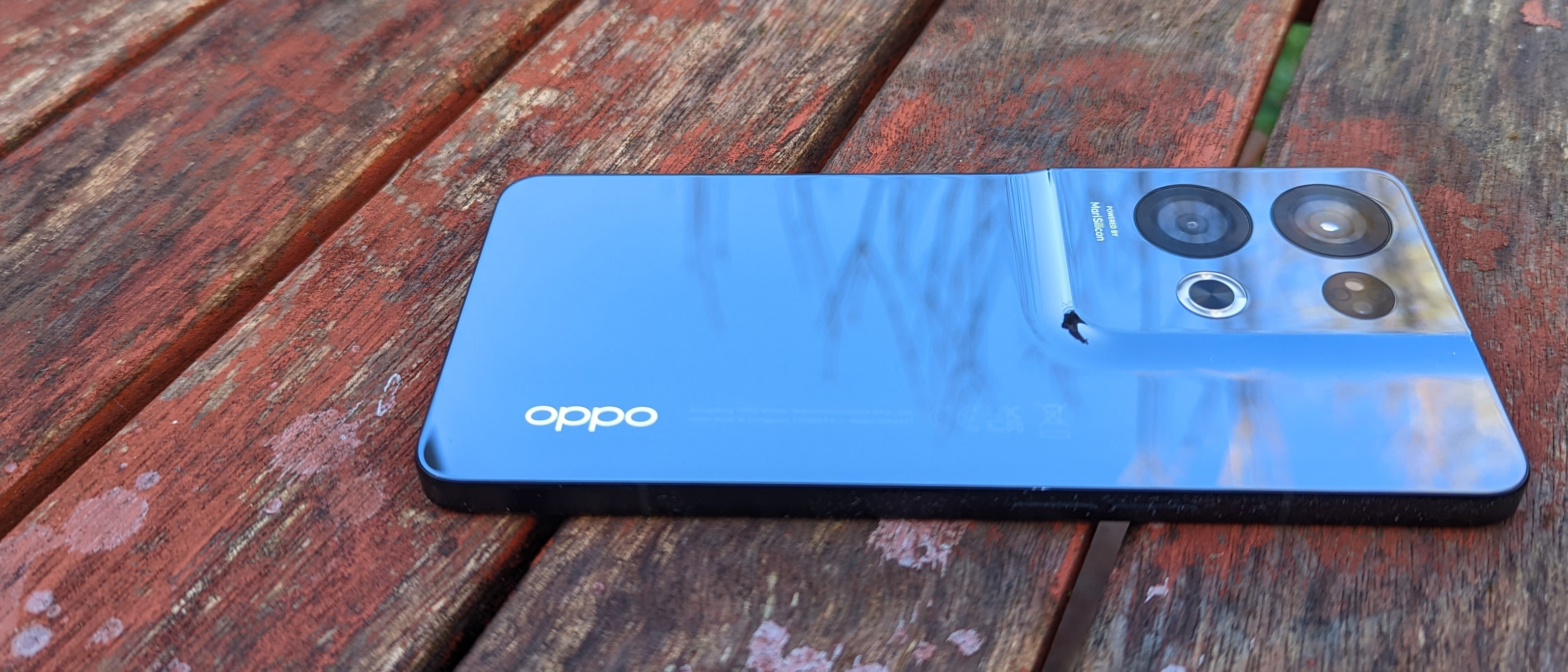Our Verdict
If this is the state of mid-range phones in late 2022 then we’ve all had a very good year, and the future looks rosy. The combination of features and capability exhibited by the Oppo Reno 8 Pro points to a phone bumping against the ceiling of its market segment and threatening the flagships above, yet its price remains firmly mid-range.
For
- Decent chipset
- Excellent benchmark results
- Good main camera
Against
- Fingerprint magnet
- Secondary camera disappoints
- A bit angular
Why you can trust Creative Bloq
Chipset: MediaTek Dimensity 8100-Max
RAM: 8GB (12GB version available)
Storage: 256GB
OS: Android 12, ColorOS 12.1
Screen: AMOLED, 6.7in, 1080 x 2412px
Cameras: 50 MP, f/1.8, 23mm (main); 8 MP, f/2.2, 16mm (ultrawide); 2 MP, f/2.4, (macro); 32 MP, f/2.4, 22mm (front)
Connectivity: Wi-Fi 6, Bluetooth 5.3, USB Type-C
Dimensions: 161.2 x 74.2 x 7.3 mm (6.35 x 2.92 x 0.29 in)
Weight: 183 g (6.46 oz)
Manufacturers continually throw new phones, like the Oppo Reno 8 Pro, into the ‘about £600’ price segment with apparent glee. This is generally fine, as it leads to a lot of choice for users, but also a lot of head-scratching and spec-comparing. Everybody wants to get the most for their money, but in a world where you can get a Google Pixel or iPhone SE for similar money, what do you do? We call these things mid-range phones, but a few years ago they would have been face-meltingly powerful.
The Oppo Reno 8 Pro clearly wants to get your custom. It’s striking looking, has a decent chipset in the MediaTek Dimensity 8100-MAX, and is perfectly capable of snapping a 50MP image or shooting stabilised 4K video. But there is a risk that at this price point, it's too expensive to be considered one of the best budget camera phones, and at the same time not quite 'premium' enough to be among the best camera phones overall. So which side of the fence does the Oppo Reno 8 Pro fall on?
Oppo Reno 8 Pro review: Design
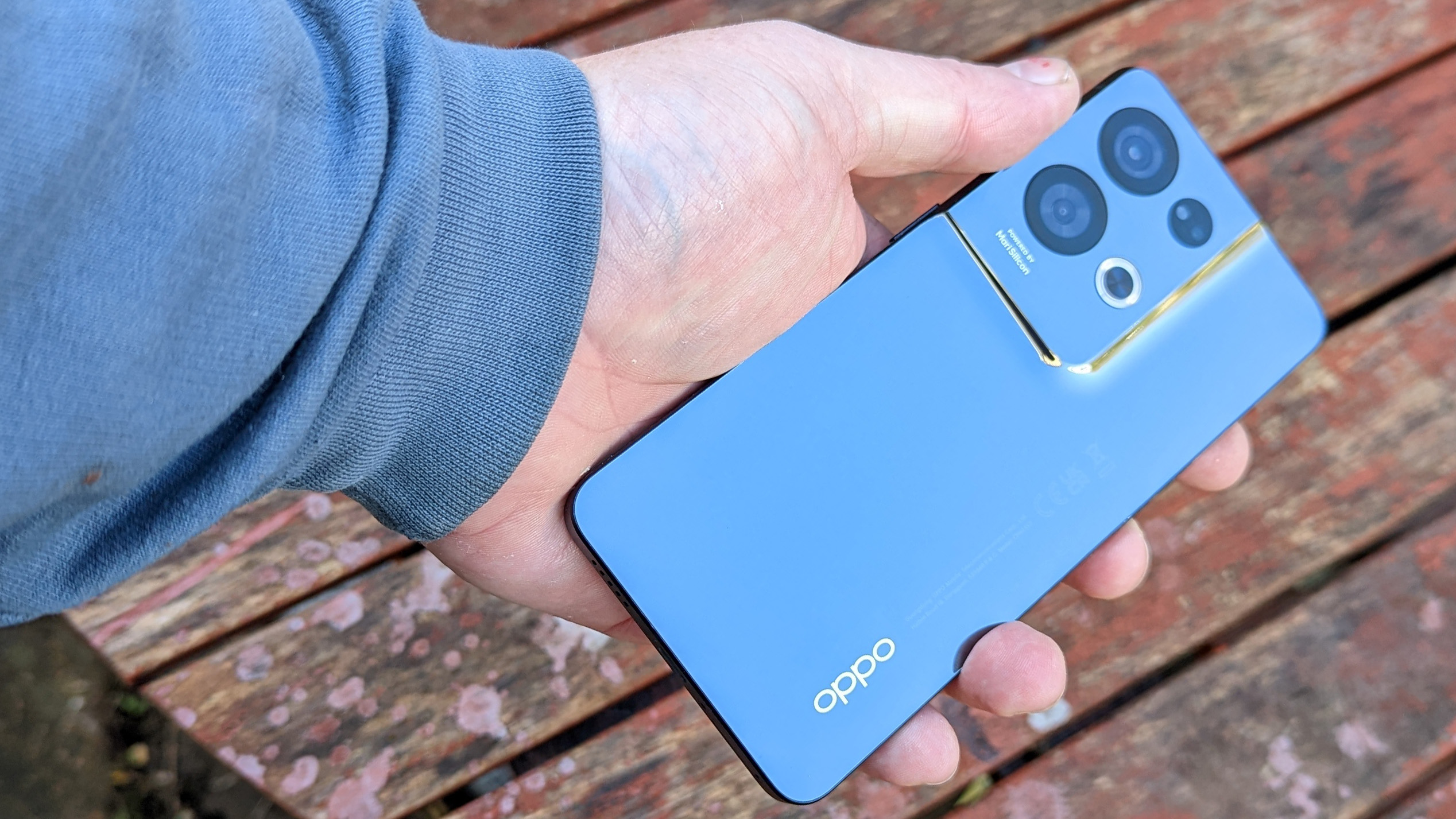
What's immediately striking about the Oppo Pro 8 is just how reflective it is. If you’re in the habit of touching up your makeup on the train, perhaps you don’t need to carry a mirror any more. The back of the phone is silvered and glass-coated, and also an absolute smear and fingerprint magnet. It is, however, great for taking selfies, or signalling for help when trapped up a mountain in the desert.
Taking on the slab-sided iPhone 4 look that’s suddenly popular again, the phone’s camera bulge marks it out as much as that shiny back surface. Stretching more than halfway across the rear of the handset, and featuring four circles, two of which are camera lenses (the actual glass being much smaller than the surrounding black disc), it’s an imposing addition to an already substantial phone. Thankfully the results are more than decent.
Those slab sides lead to a minor issue with the phone, however. Like many handsets that boast an enthusiastic approach to their own rectangularity, it can be uncomfortable to hold. If you get a mirrored phone, you might not want to put it in a case and cover all that shininess up, so the harsh angles of the edges will dig into your hand. Add to this that it’s around the maximum size for one-handed operation, and it’s definitely worth trying it out first, to see if holding it to your ear for half an hour while you talk to your mum is going to get unbearable.
There's no headphone socket, just a USB-C port and small speaker grille to break the smooth edge of the phone, with a SIM tray at the bottom, volume rocker on the left, and lock button on the right. This lock button glows green, even when the phone is switched off – something it can be hard to do, as by default holding the button for any length of time invokes the Google Assistant. A quick swap in the Settings app, and you’ll be able to turn the phone off again.
Oppo 8 Pro review: Features
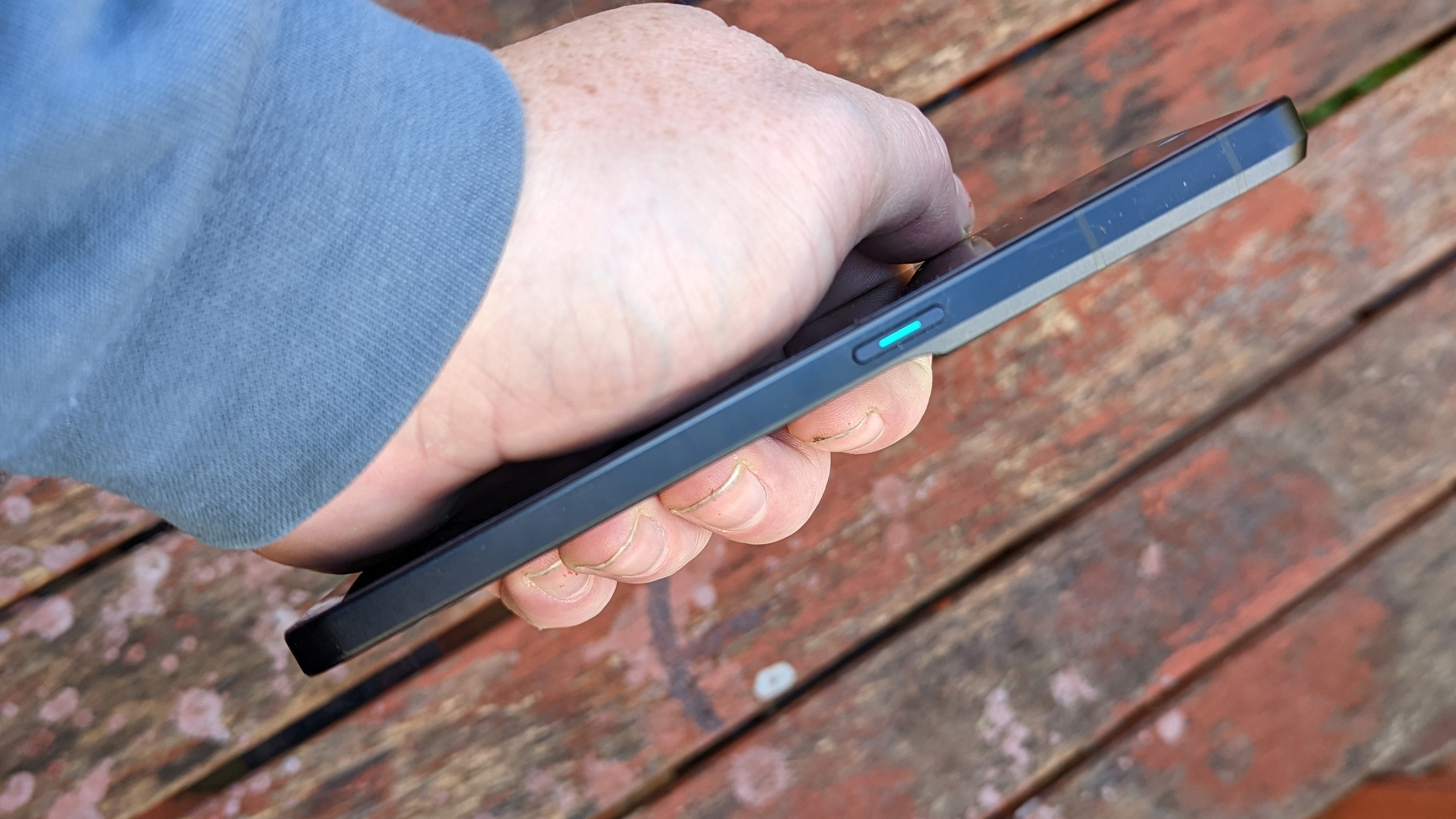
Running Android 12, The 8 Pro comes with Oppo’s ColorOS 12.1 on top, which is a generally pleasant environment in which to do phone stuff with a bright and bold colour scheme and some larger-than-usual icons. We also particularly liked the way the lock screen image changed every time we woke the phone up, leading to us locking and unlocking it multiple times in an attempt to catch it out. We never did, though this is surely adding to the data the phone downloads, and affecting the battery life.
The fingerprint reader is under the screen, which is a 6.7in, 1080 x 2412px, 120Hz, 20:9 ratio, 394 PPI density AMOLED covered in Gorilla Glass with a peak brightness figure all the way up at 950 nits. It looks good, and we found thumb-based unlocking to be quick and accurate.
You get 8GB of RAM and 256GB of internal storage, which is plenty in these days of streaming everything, and the CPU comes with eight cores: four 2.85GHz Cortex-A78s and four 2.0 GHz Cortex-A55s. The GPU is a Mali G610. While this combo may not scrape quite the heights of some Snapdragon options, it’s perfectly respectable, and enough to keep the phone responsive.
Most interesting is the presence of an NPU, a neural processing unit, the MariSilicon X, which enables 4K night mode video and real-time processing and noise-reduction of the camera feed with its fearsome approach to algorithms. It was first seen on the range-topping Oppo Find X5 from earlier this year, and the low-light shots from the phone’s camera appear excellent, as we shall see. It’s not in the standard Oppo Reno 8, just the Pro version.
Oppo Reno 8 Pro review: Camera
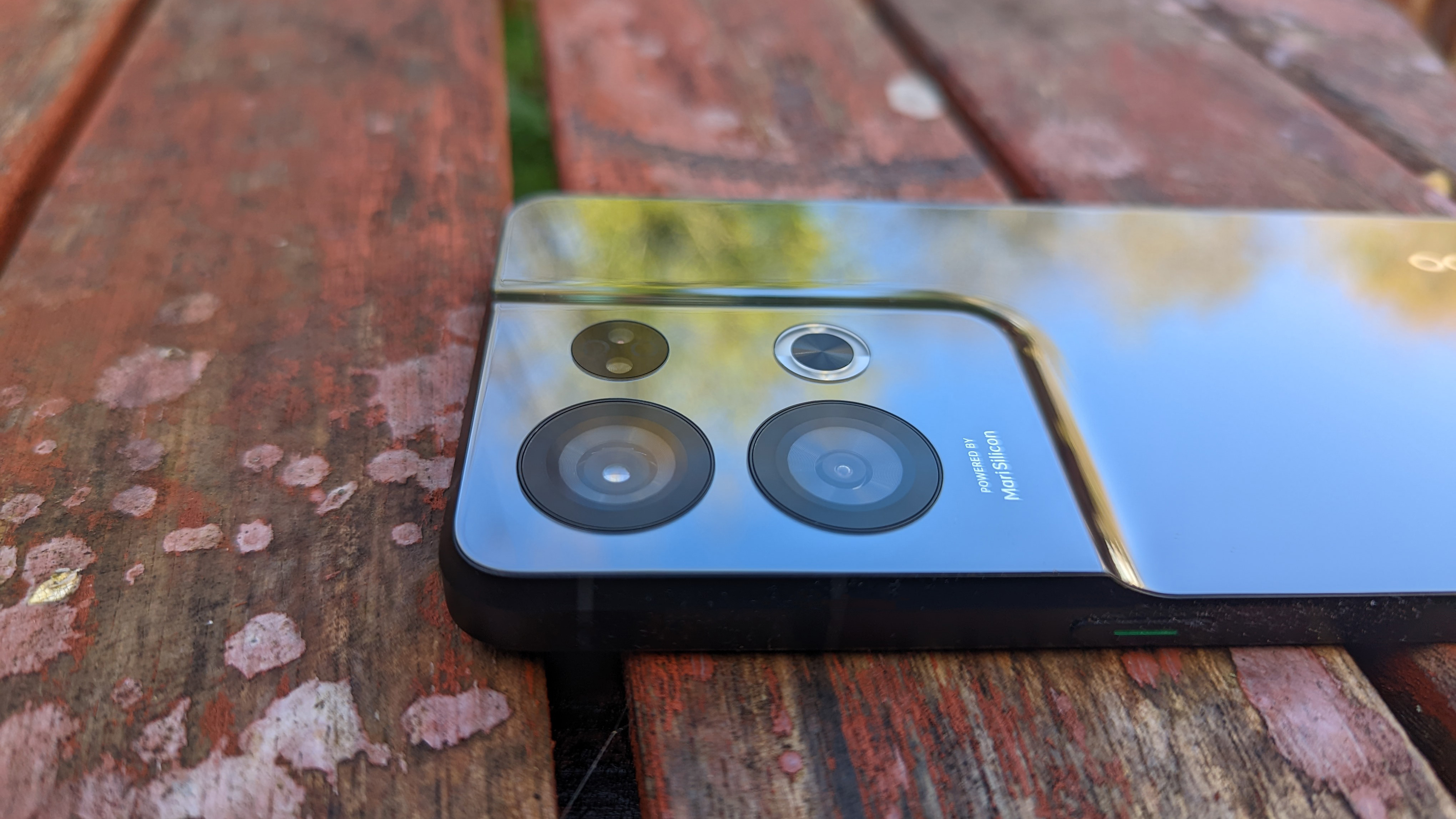
The Sony IMX766 sensor behind the main camera packs in 50.3 million pixels, a resolution you can switch to (from a binned 12.6MP) with a simple tap on a button at the top of the camera app. It was considered a decent low-light sensor even before Oppo slapped its NPU on the back, but now it’s even better. Images don’t show much speckling from noise, even in shots taken at sunset or at ISOs above 4000, and the 24mm-equivalent lens is wide enough for everyday use.
It’s not a magic wand by any means, and can’t rescue images marred by camera shake (that’s the job of image stabilisation, which the main camera also has) or motion blur. But it helps with them both by enabling higher ISOs, and therefore shutter speeds, without the fear of too much noise, and photos taken at night look remarkable when you consider they’re from a mid-range Android smartphone.
The other camera, an 8MP ultrawide with a 16mm-equivalent view and f/2.2 maximum aperture, is a bit of a disappointment in contrast. It’s fine, especially in daylight, but doesn’t offer anything like the same quality. There's a 2MP macro camera that’s barely worth mentioning, and a 32MP selfie-cam on the front that’s also better than it has any right to be, being so small and peeking through the screen as a single punched hole. It has autofocus, which many don’t, and gives decent shots without much smearing. There's a telephoto setting too, but it crops the feed from the main camera rather than switching to a dedicated lens.
It’s a similar story with video, which benefits greatly from the NPU, especially if you want to record in less-than-perfect lighting. Resolution tops out at 4K/30, while if you drop down to 720p it’s capable of a very speedy 960fps for great slow-motion effects.
Oppo Reno 8 Pro review: Performance
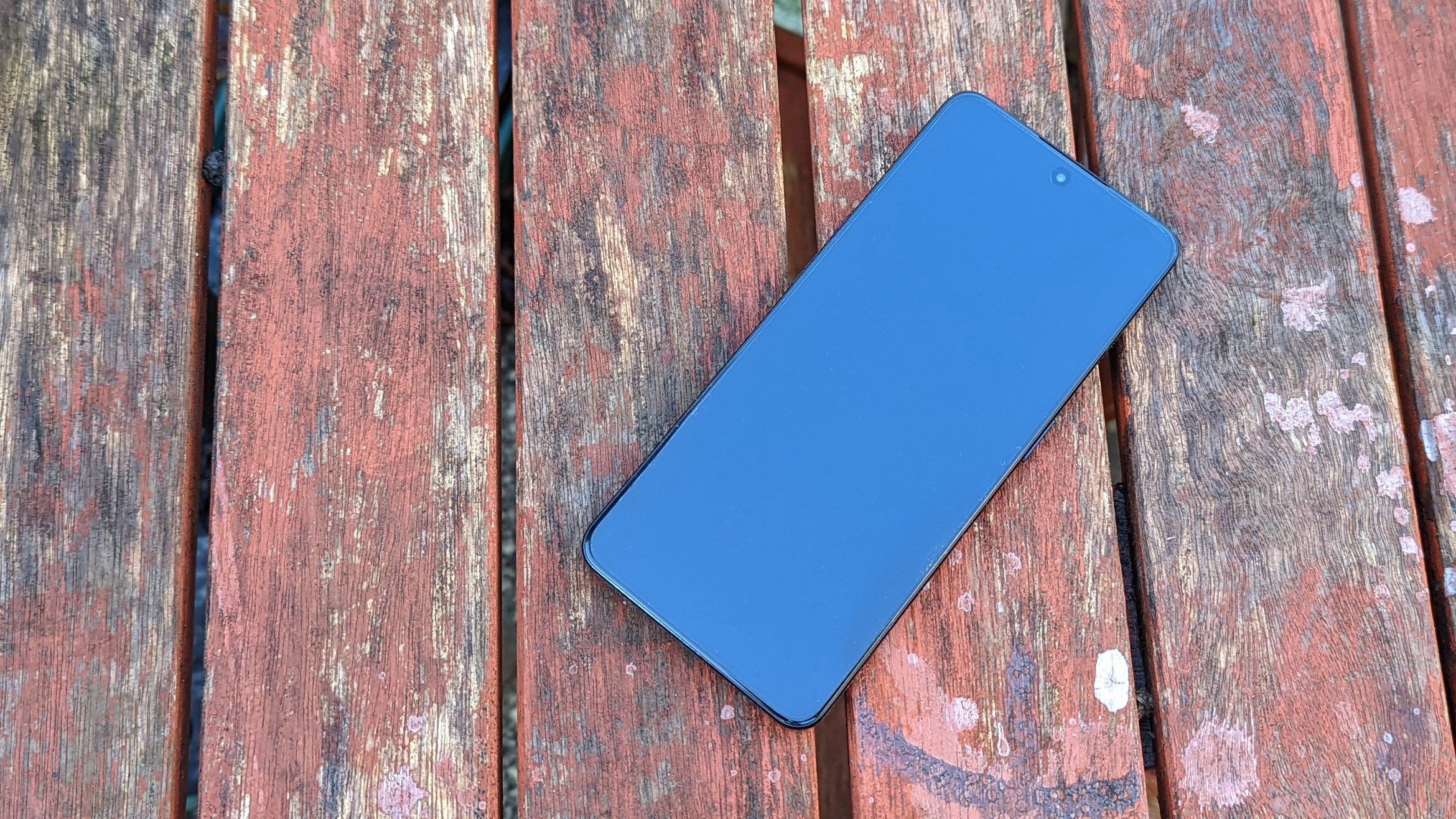
The Dimensity chipset inside the 8 Pro doesn’t live up to the Snapdragon 8s of this world, or anything recently produced by Apple, but it’s really not too bad. It’s certainly powerful enough to play games, run apps, shoot 4K video and pretty much anything else you’ll want to do with a smartphone. The main thing that will slow the phone down is the amount of bloatware it ships with. Spend a few minutes getting rid of apps like Joom - a Latvian fashion company - Oppo’s relaxation app and a lot of games, and you’ll find the app drawer less cluttered. It’s also the first time we’ve seen a phone ship with TikTok pre-installed, possibly a hint as to the expected demographic of users.
In the Geekbench 5 benchmark app, the phone scored 891 for single-core performance, and 3695 for multi-core. This puts it above the OnePlus Nord 2 5G, but slightly below the Google Pixel 6 in single-core. Multi-core is a different story, with the Reno 8 Pro beating the Pixel 6, and sitting near the top of the chart with Snapdragon 888 and Snapdragon 8 Gen 1 devices.
The 4,500mAh battery can do about a day and a half of mixed use before you’ll be reaching for the charger. Longer if you just leave it on standby. There's 80W fast charging on offer, capable of filling the battery in about half an hour, and Oppo is kind enough to include a charger in the box.
Should I buy the Oppo Reno 8 Pro?
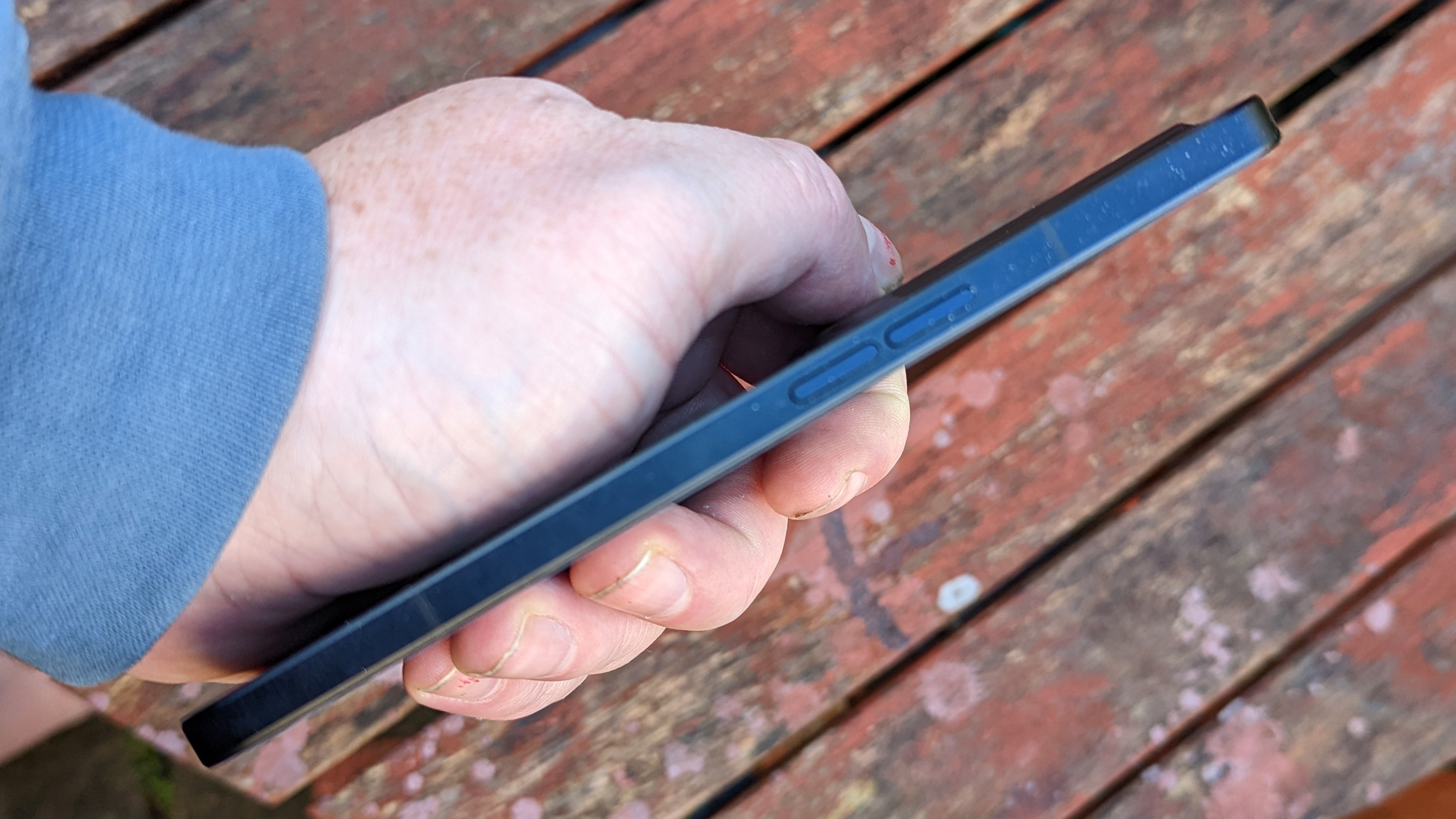
If you don’t mind a large, fingerprint-covered phone, and low-light photos are important to you, then you definitely should. It’s powerful, well-specced, has reasonable battery life and is extremely quick to charge. A few little niggles aside, and the disappointment of the ultra-wide camera not living up to the main camera’s capabilities, and you’ve got a reasonably priced phone that does a lot of things right. The main problem is that you can say that about a lot of phones in this sector of the market.

Thank you for reading 5 articles this month* Join now for unlimited access
Enjoy your first month for just £1 / $1 / €1
*Read 5 free articles per month without a subscription

Join now for unlimited access
Try first month for just £1 / $1 / €1
out of 10
If this is the state of mid-range phones in late 2022 then we’ve all had a very good year, and the future looks rosy. The combination of features and capability exhibited by the Oppo Reno 8 Pro points to a phone bumping against the ceiling of its market segment and threatening the flagships above, yet its price remains firmly mid-range.

Ian Evenden has been a journalist for over 20 years, starting in the days of QuarkXpress 4 and Photoshop 5. He now mainly works in Creative Cloud and Google Docs, but can always find a use for a powerful laptop or two. When not sweating over page layout or photo editing, you can find him peering at the stars or growing vegetables.
